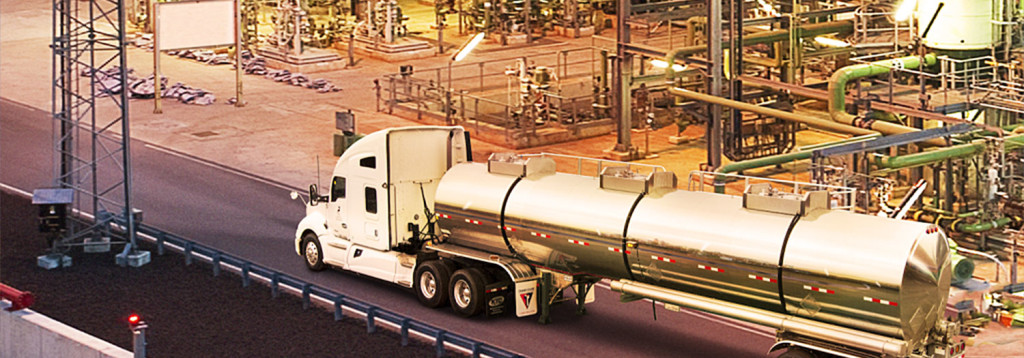You can never load a cargo tank totally full. Liquids expand as they warm and you must leave room for the expanding liquid. This process is called “outage.” Since different liquids expand by different amounts, they require different amounts of outage. As a Liquid Tanker driver you must know the outage requirement when hauling liquids in bulk. In addition, a full tank of dense liquid (such as some acids) may exceed legal weight limits. For that reason, you often may only partially fill tanks with heavy liquids.
Bulkheads: Some liquid tanks are sub-divided into several smaller tanks by bulkheads. When loading and unloading the smaller tanks, the driver must pay attention to weight distribution. Do not put too much weight on the front or rear of the vehicle.
Baffled tanks: Baffled liquid tanks have bulkheads in them with holes that let the liquid flow through. The baffles help to control the forward and backward liquid surge. Side-to-side surge can still occur and can cause a roll over.
Unbaffled tanks: Unbaffled liquid tankers (sometimes called “smooth bore” tanks) have nothing inside to slow down the flow of the liquid. Therefore, forward-and-back surge can be very strong. Unbaffled tanks are usually those that transport food products (e.g., milk). (Sanitation regulations forbid the use of baffles because of the difficulty in cleaning the inside of the tank.) Be very cautious (slow and careful) in driving smooth bore tanks, especially when starting and stopping.
The amount of liquid to load into a tank depends on three things:
- The amount the liquid will expand in transit.
- The weight of the liquid.
- Legal weight limits.

